[CMU hardcore book] Mathematical logic and calculation
Author:Data School Thu Time:2022.09.18

Source: Specialty
This article is introduced by books. It is recommended to read for 5 minutes
This book comprehensively introduces the basic results and methods of the discipline.
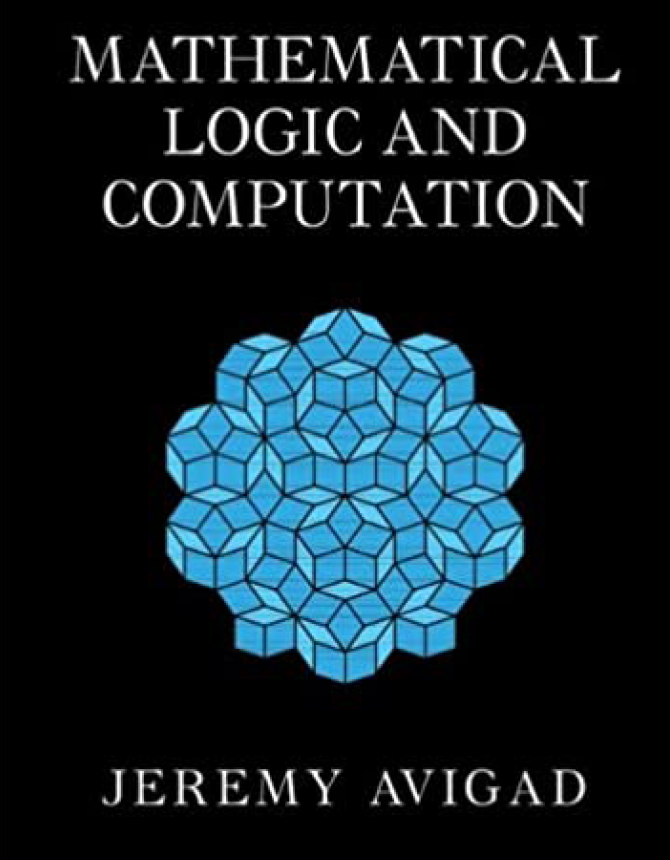
This new book about mathematical logic is introduced by Jeremy Avigad from the perspective of syntax, which fully introduces the basic results and methods of the discipline, emphasizing that logic is the study of form language and system and its correct use. The theme includes the theory, model theory, computing theory and axiom basis, and especially emphasize the basic mathematical logic of computer science, including interpretation systems, structural logic, simple type LAMBDA calculations and type theoretical basis. Clear and fascinating, there are rich examples and exercises. It is an excellent introduction. It is a valuable reference for graduate and senior undergraduates who are interested in logic, computer science, philosophy, and any practical logicians.
In the logic of the phrase, the term "mathematics" is blurred. It can be used to specify the method used, so this phrase refers to the research of reasoning principles in mathematics. It can be divided into the types of reasoning, so the phrase refers to the study of mathematical reasoning specifically. Or it can also be used to represent the purpose, so this phrase refers to the logical research of mathematical applications. In the title of this book, the term "mathematics" refers to the first two meanings, not the third meaning. In other words, mathematical logic is seen here as a mathematical research on mathematical reasoning methods. This discipline itself is very interesting, and it is also applied mathematically. However, it also has applications in computer sciences, such as the verification of hardware and software, and the mechanization of mathematical reasoning. By providing the ideal model of mathematics, it can also provide information for mathematical philosophy.
The difference between logic as a discipline is its attention to language. Starting from the formal expression, these expressions are considered to be a model we use to define objects, declare a statement, and prove their informal language. At this point, two different views appeared. From a semantic perspective, formal expression is used to describe abstract mathematical objects and structures. They can be used to describe structures such as groups, ring, and field; describe specific structures, such as the plane or real number of Eujizi; or describe the relationship in a specific structure. From this perspective, mathematical logic is a science of reference, definition, and truth. It clarifies the semantic concept that determines the relationship between mathematical language and the mathematical structure it described.
This book uses more sentence perspectives, and the main interest target is the expression itself. From this perspective, the form language is used to reason and calculate. We care about the rules that regulate them correctly. We will use formal systems to understand the model of mathematical reasoning and the structure of mathematical definition and proof, and we will also be interested in what we can do with these grammar. We do not avoid using semantic methods, but our goal is to use semantics to clarify grammar, not the opposite.
There are many reasons why grammar methods are valuable. The mathematical theory of the syntax is very interesting, and the amount of information is large. The attention of grammar objects is also more consistent with computer science, because these objects can be expressed as data and operated through algorithms. Finally, there are philosophical benefits. Because the general theory of limited symbols is required for processing expression, the perspective of the sentence provides a method of studying mathematical reasoning -including the use of unlimited objects and methods -instead of introducing powerful mathematical presets from the beginning. Another significant feature of this book is its attention to computing. On the one hand, we expect that mathematics can give us a extensive concept understanding. On the boundaries of this theme, this helps to organize and explain our scientific observations, but our desire for understanding is not limited to experience phenomena. On the other hand, we also hope that mathematics can tell us how to calculate the trajectory and probability so that we can make better predictions and decisions, and act rationally to achieve our actual goals. There is a tension between conceptual understanding and calculation: calculation is important, but we often look farther through the details of the calculation, and the reasoning is more effective.

Professor of the Department of Philosophy and Mathematics of Carnegie Mellon University, and participated in the interdisciplinary project of Kanegi Mellon University pure and applied logic.
https://www.cmu.edu/dietrich/philosophy/people/faculty/jeremy-avigad.html
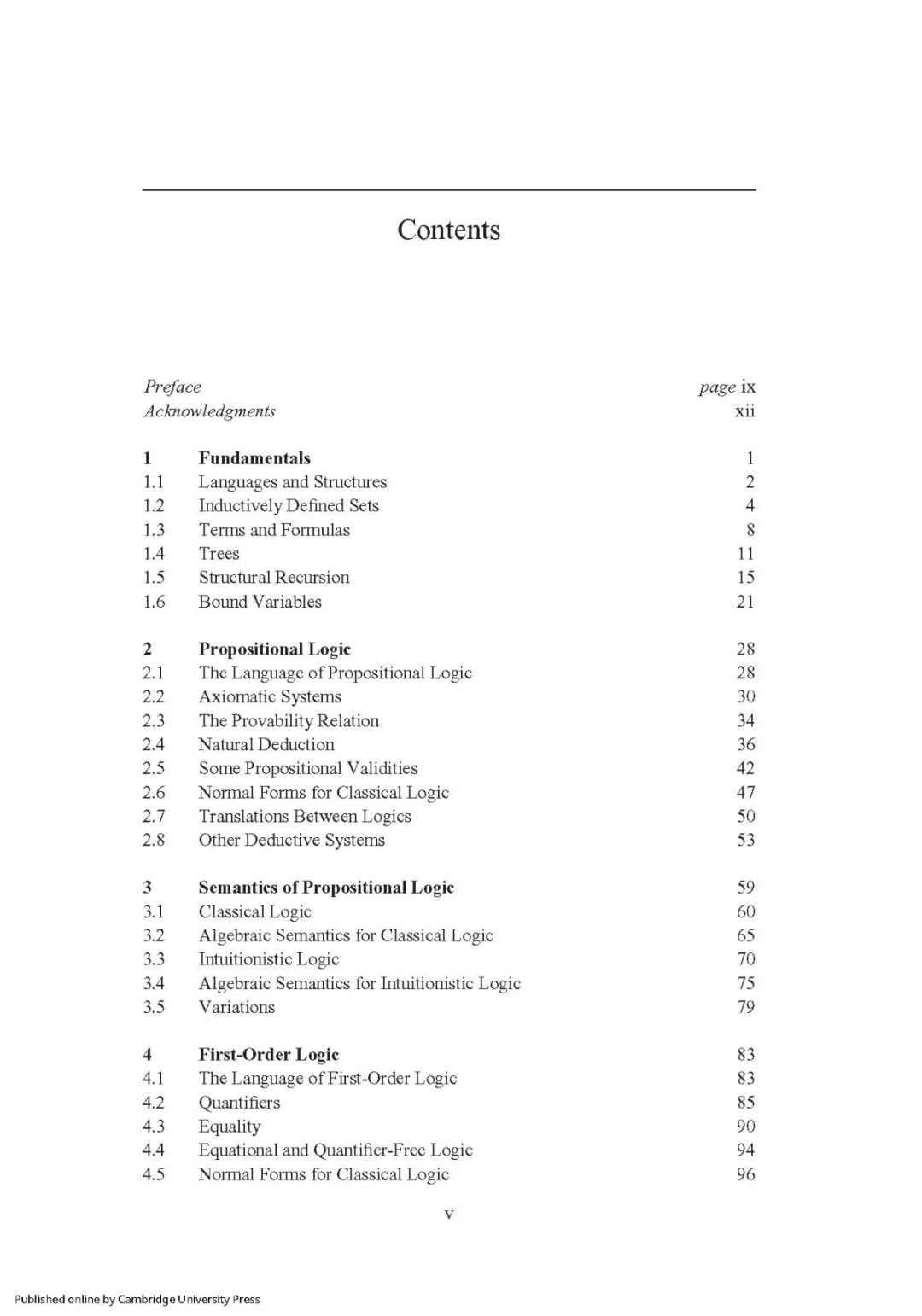
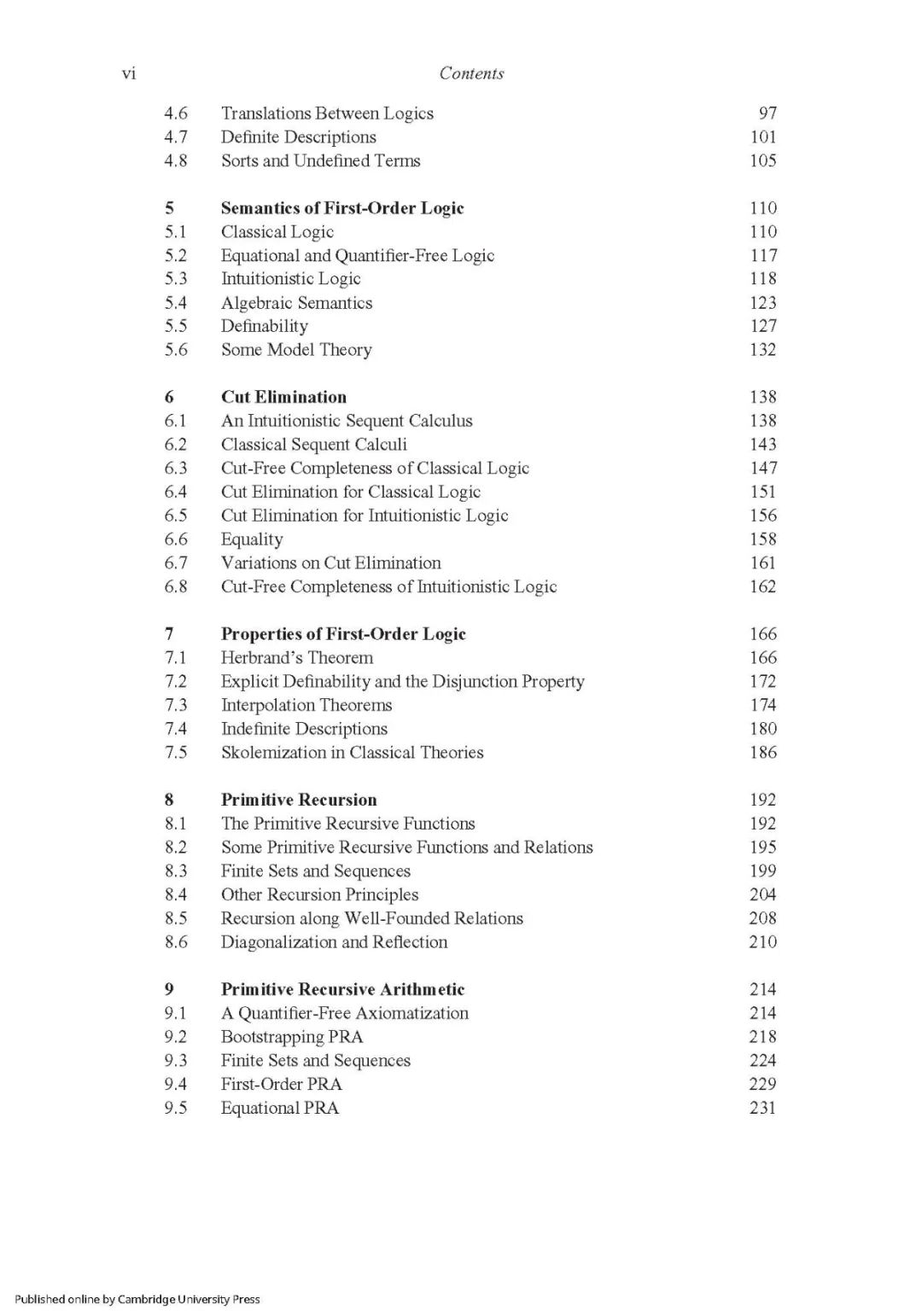
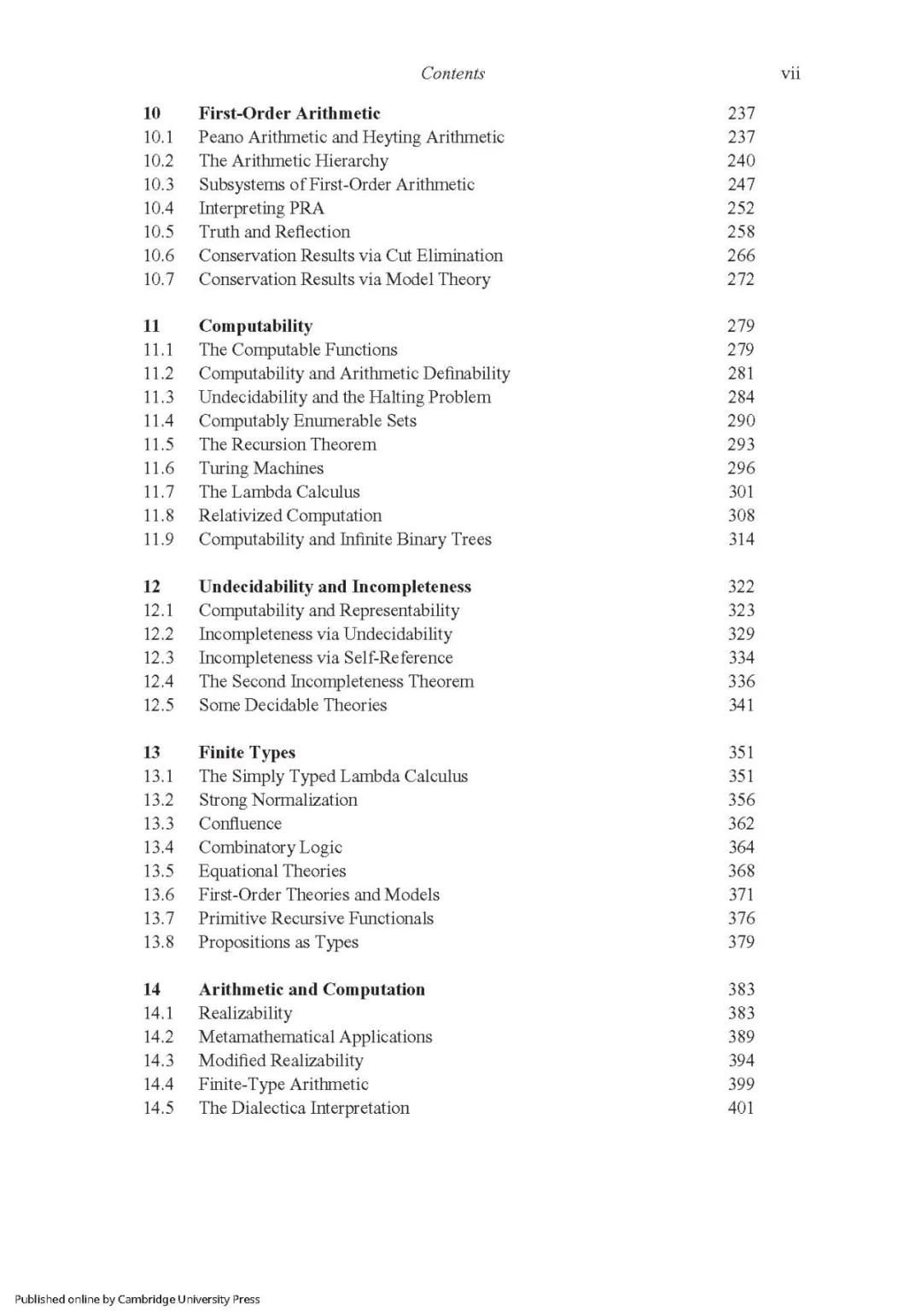
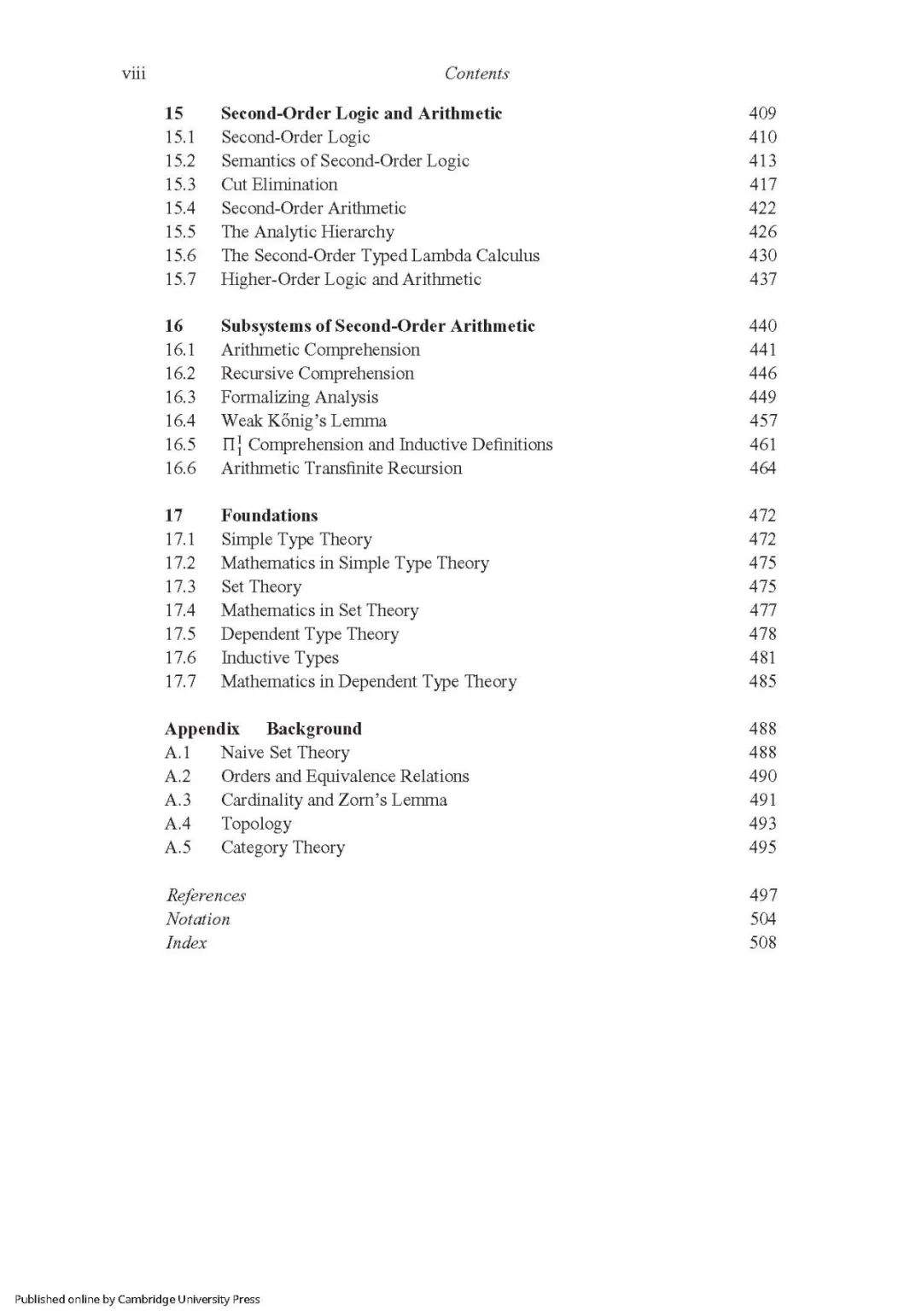
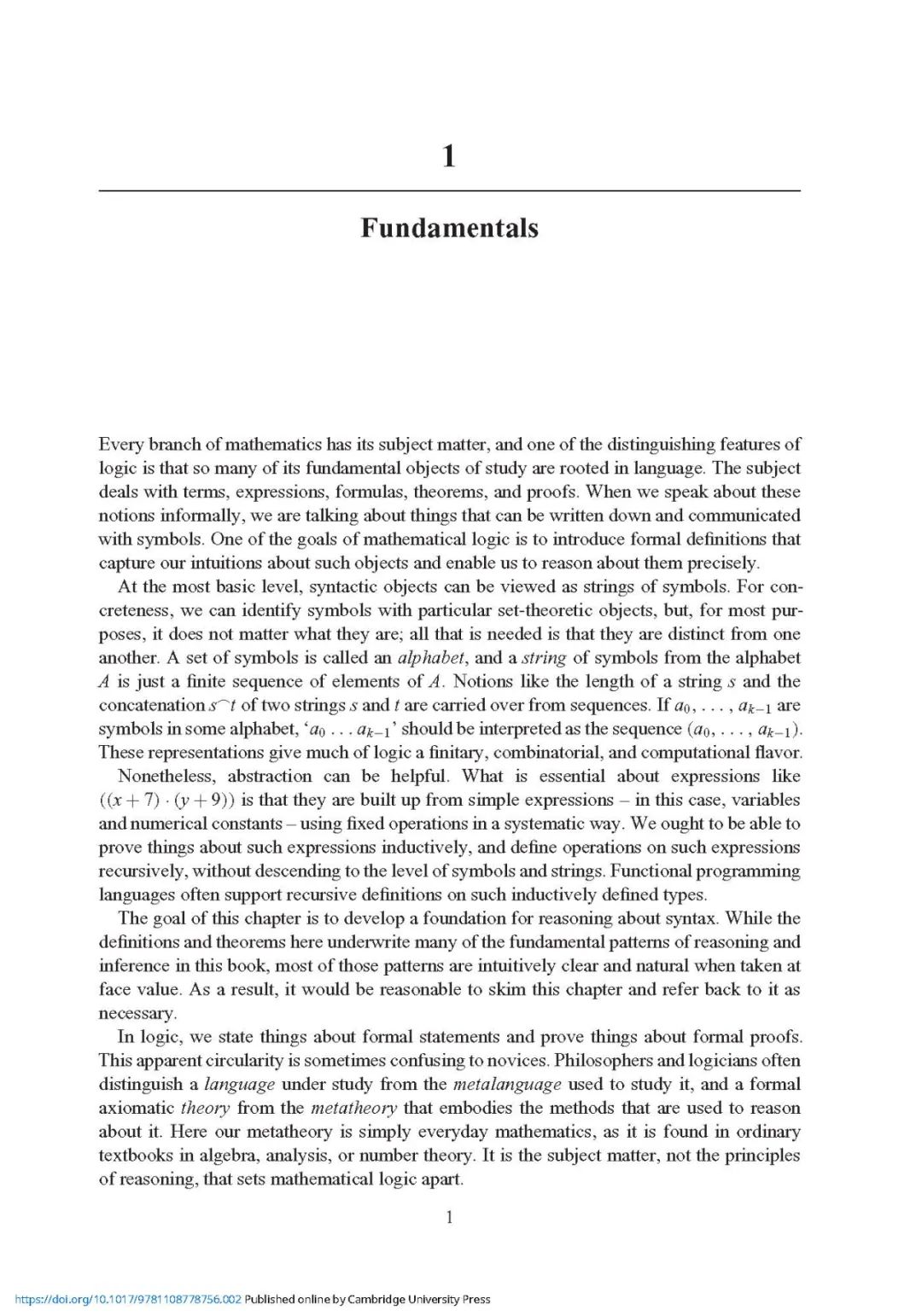

- END -
Golden Autumn Scholarship Love Students
Golden Autumn Scholarship Love StudentsHe SirongOn the morning of August 26, the c...
Admissions and consulting information of some provinces are coming!

In order to better serve candidates in our province, the enrollment consulting inf...